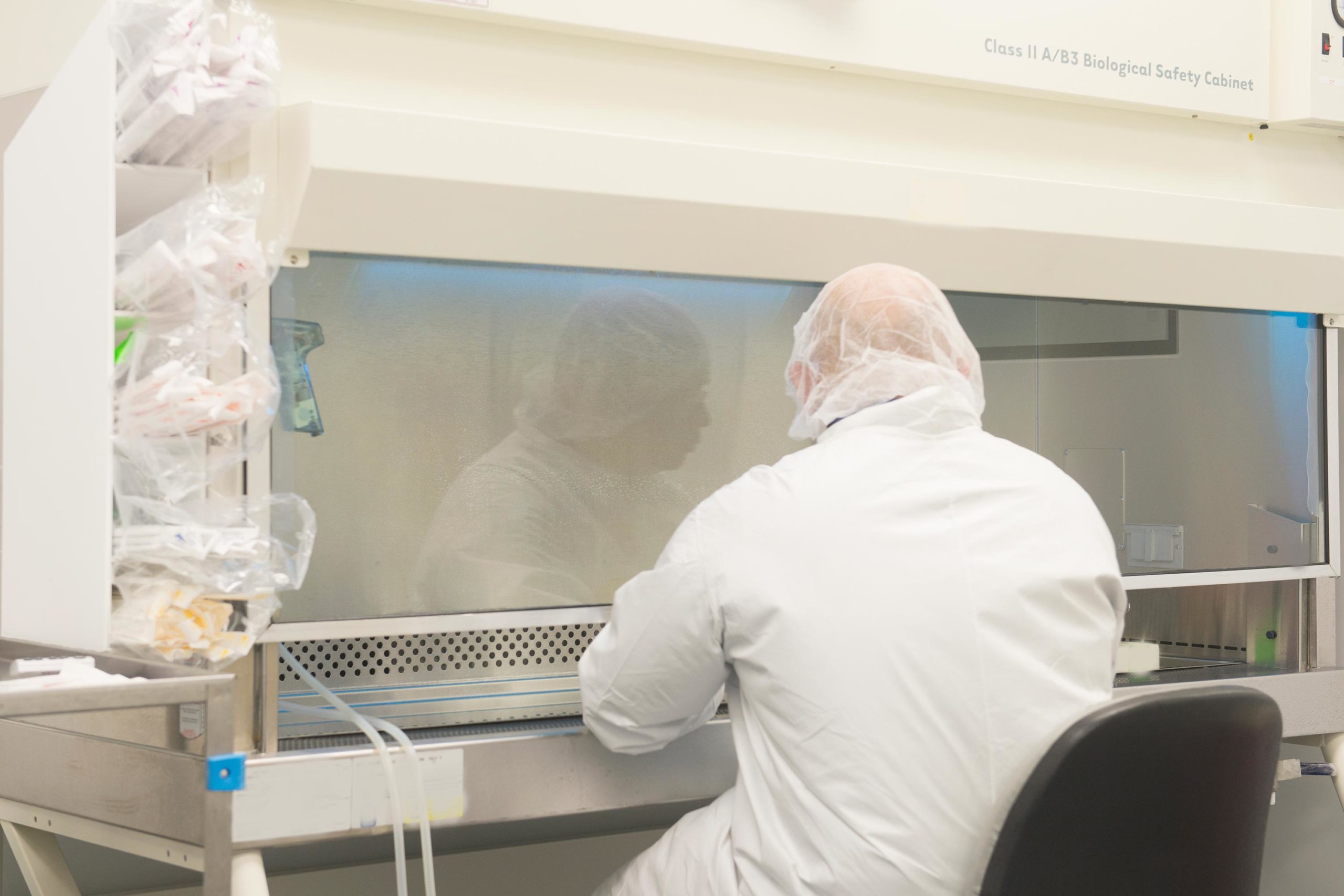Whatever field you may be working in, biosafety cabinets are going to play a pivotal role in conducting experiments and samples within a sterile environment. However, there are a few different classes and types of these biosafety cabinets that you may not be aware of. Let’s break down the different types and functions of each cabinet.
Class I
Class I cabinets are going to be your most basic cabinet for providing protection for the environment and personnel. However, these cabinets do not provide protection for the product against contamination. These cabinets are typically used to either enclose specific equipment like centrifuges, or used for procedures like aerating cultures that may generate aerosols. Class I’s have an uncirculated airflow pattern to a fume hood, with a HEPA filter at the exhaust outlet. These allow for Class I cabinets to be safe for agents requiring Biosafety Level 1, 2 or 3 containment and protect the operator and the environment from aerosol.
Class II
Class II cabinets provide protection for not just the environment, but also for the samples since the makeup air is also HEPA filtered. Class II cabinets are designed with an open front with inward airflow for personal protection, downward HEPA-filtered laminar airflow for product protection and HEPA-filtered exhaust air for environmental protection. This makes them perfect for protection against microbiological work or sterile pharmacy compounding. These cabinets can also be further divided into five different types, depending on the exhaust system and mechanism of work. These types include A1, A2, B1, B2 and C1.
Type A1
A Class II, Type A1 cabinet must have a minimum inflow velocity of 75 ft/min through the sash opening. Mixed air is drawn through a duct network so that it reaches the back of the cabinet, where air might be recirculated after passing through the HEPA filters, or exhausted out of the cabinet. These types of cabinets are suitable for work using biological agents without toxic chemicals and volatile radionuclides, but are not good for work with hazardous chemical substances.
Type A2
Class II, Type A2 cabinets need to maintain a minimum inflow velocity of 100 ft/min through the sash opening. In these cabinets, air enters the chamber through the front opening, which provides operator protection. The inflow air mixes with the downflow air and enters the intake grille, which passes over the workstation where the air splits. While Type A2’s are not extensively used, they can be safe for work involving biological agents treated with minute quantities of hazardous chemicals.
Type B1
Type B cabinets are different from Type A because they use single-pass airflow to control the flow of hazardous vapors. Type B1 cabinets must divide airflow so that the contaminated air is directed towards the exhaust system while air between the operator and the workstation mixes with the inflow and is recirculated. Similar to Type A2 cabinets, B1 cabinets are safe for work involving agents with minute quantities of toxic chemicals.
Type B2
Like in Type A cabinets, Type B2’s have the air drawn in from the front opening to create an air barrier that protects the operator. Air also comes from the top of the cabinet which supplies the downflow of air. The air then passes through a HEPA filter where 100% of the air is exhausted through a dedicated duct system, thus making the air moving out sterilized before it’s released. The advantage of this system is that it removes the toxic vapors that are generated in the cabinet. This makes it suitable for work involving biological agents treated with hazardous chemicals. However, since they are expensive, they are only limited to uses where protection against chemicals is imperative.
Type C1
A Class II, Type C1 cabinet must maintain a minimum average inflow velocity of 105 ft/min through the sash opening. These cabinets are similar to Type B cabinets in the working mechanism, but are also designed to reduce operating costs. The unique thing about Type C1 cabinets is that they can operate as either a Type A cabinet when in recirculating mode or a Type B cabinet when exhausting, and can quickly change from one mode to the other. With this way, these cabinets provide protection to the environment, operator, workstation or the biological material, making them a well-rounded piece of equipment.
Class III
Class III cabinets are completely leak-tight, and enclosed with ventilated cabinets with all of the air leaving or entering through a HEPA filter. Also called a glove box, these cabinets have rubber gloves that are attached to the system to be used for performing operations within the enclosure. The cabinet includes a transfer chamber which sterilizes material before leaving the glove box.This allows for no direct contact between the operator and sample, for added protection against high-risk pathogenic organisms. Class III cabinets are safe for work requiring Biosafety levels 1, 2, 3 or 4 containment.
Conclusion
As you can see, there are a lot of different types of biosafety cabinets that require different functions for multiple fields and testing. If your equipment needs cleaned or repaired to stay up-to-code, then AirSafe will be able to help you! Just contact us here and let us know how we can help.


